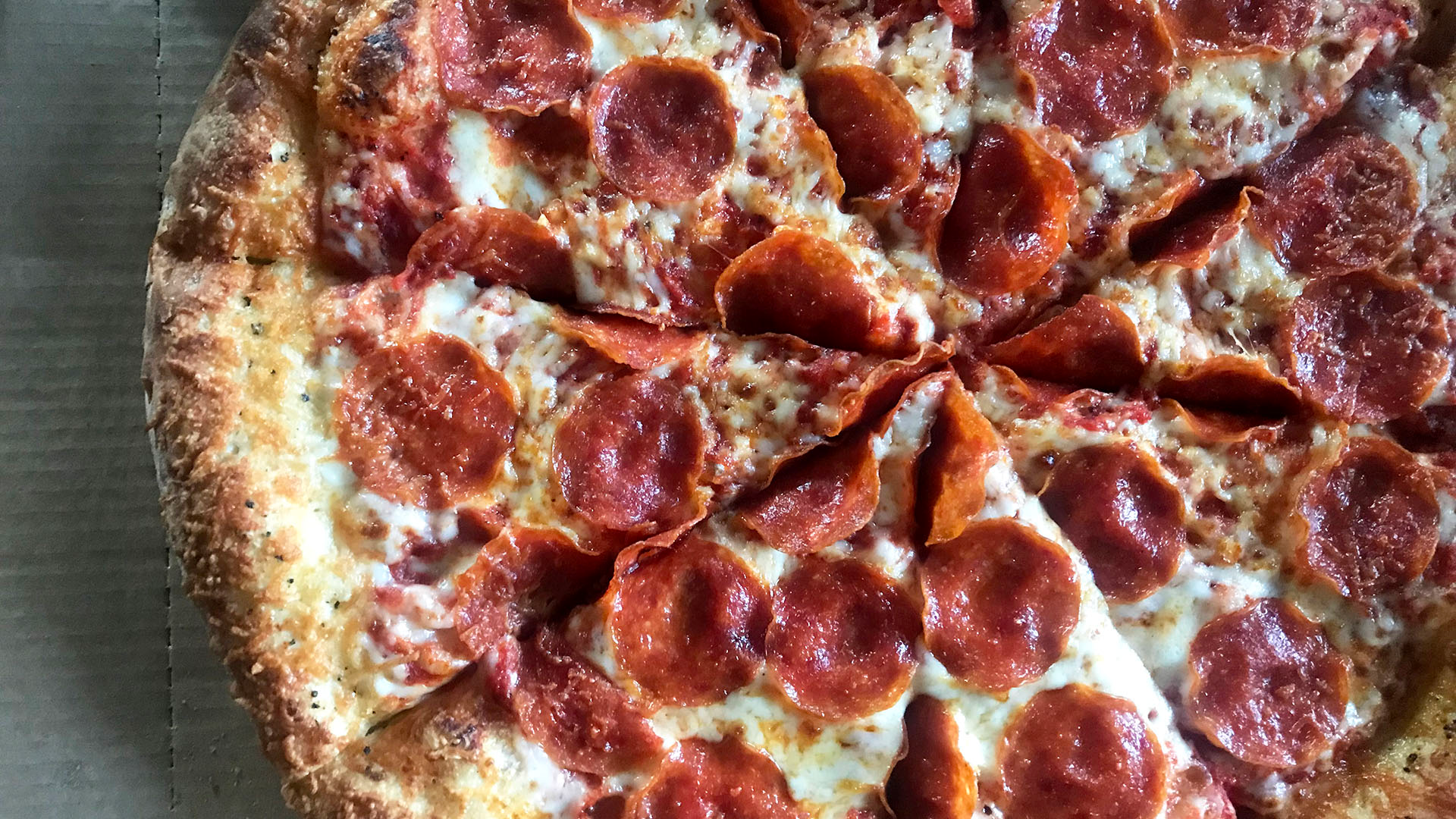Papa John's Garlic Parmesan Crust Is Too Little Of A Good Thing
It's been a rough year and a half for Papa John's. In times of difficulty and uncertainty, corporations do well to stick to what they do best and refocus on what it is that people like about their brands. In Papa John's case, that is garlic sauce. So it was a logical, even clever move for the chain to introduce a new crust flavor based on its popular signature item. Garlic Parmesan crust seems foolproof.
Unlike other chains, Papa John's hasn't jumped on the flavored crust wave—no pretzel crust, no stuffed pepperoni crust, no herb butter. It offers its signature crust, a thin crust, and a gluten-free option. The debut of the garlic Parmesan crust this week marks its first flavored crust in decades.
Unfortunately, the new crust is only a shadow of the flavor-bomb that is Papa John's garlic sauce. The sauce has an actual allium kick to it before it sublimates into oily satisfaction. The garlic Parmesan crust has no discernible allium brightness; the garlic registers as barely a dusting of garlic powder. The Parmesan may as well not be there at all, because I couldn't taste it. The cheese appears to be grated and baked into the crust, but because the Parmesan isn't terribly bold in flavor, it loses any cheesiness it once possessed and just tastes like char and bread. The effect of the garlic Parmesan crust overall is the weakest notion of garlic powder and not much else.
The rest of the pizza is a Papa John's pizza: The sauce is the best part about it, spread generously and with enough tomato paste flavor to balance its sweetness. The base dough of the pizza is too floppy, the crust just a thin shell with not enough chew. The garlic Parmesan crust option does little to improve the overall pizza; you may as well just sprinkle garlic powder and shake the green canister of grated Parm over a regular pie yourself. At least the new pizzas still comes with a container of garlic dipping sauce.
